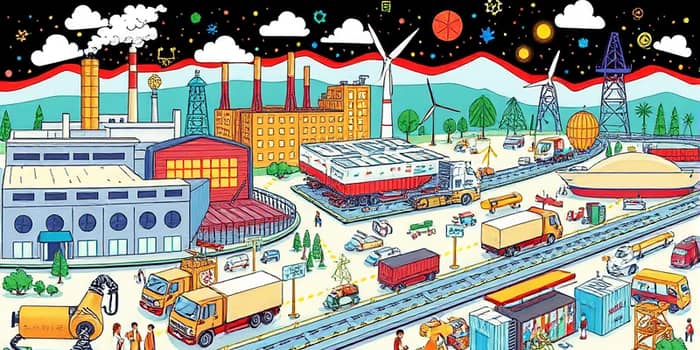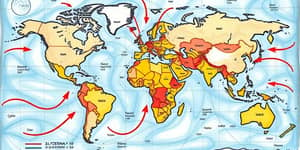
In today’s interconnected economy, a sudden shortage can spark a chain reaction that transforms entire industries. From critical components in manufacturing to skilled talent in technology and healthcare, the gap between supply and demand forces organizations to innovate, adapt, and reinvent their strategies. While scarcity often carries fear, it can also catalyze breakthroughs in processes, policies, and partnerships.
A demand for a product or service that outpaces available supply is the core definition of a shortage. When this imbalance persists, markets experience higher prices, rationing, and alterations in consumer behavior. Shortages ripple through supply chains, destabilize labor markets, and spark regulatory responses.
By understanding the mechanics of scarcity—from temporary disruptions to long-term deficits—business leaders and policymakers can anticipate the persistent shortages often drive long-term changes in sourcing and staffing models.
Several macro trends converge to provoke modern shortages. Globalization linked distant suppliers, but events like pandemics and geopolitical conflicts reveal the fragility of lean, just-in-time inventories. Simultaneously, technology advances increase demand for specialized skills, creating deep-rooted workforce skills gaps in sectors like cybersecurity and AI development.
Climate change adds another layer, triggering extreme weather events that disrupt agricultural output, water availability, and energy supply. Governments respond with protectionist measures and strategic stockpiles, while firms re-evaluate international dependencies.
Labor scarcity compels companies to invest in automation, upskill existing staff, and reconsider retention strategies. In fields where human judgment remains irreplaceable—like patient care or creative design—organizations offer flexible schedules and competitive benefits to attract talent.
The COVID-19 pandemic exposed the weaknesses of global supply chains, particularly for pharmaceuticals, electronics, and critical components. Export restrictions and port closures forced many manufacturers to explore just-in-case inventory management, holding higher safety stocks rather than relying solely on efficiency.
As a result, firms are adopting multi-sourcing strategies, reshoring production to mitigate geopolitical risk, and forging closer partnerships with logistics providers. These adjustments often increase costs but bolster long-term competitiveness and responsiveness.
Understanding these triggers enables proactive risk management. Industry consortia now share intelligence on potential disruptions, while scenario planning helps firms prepare contingency plans for worst-case events.
Corporations are responding with a mix of short- and long-term solutions. In the short term, they stockpile high-risk items and diversify supplier portfolios. Long-term strategies include robust workforce training programs and investments in automation that enhance throughput without sacrificing quality.
Government interventions also play a pivotal role. Bailouts of critical industries, grants for reskilling displaced workers, and regulations mandating onshoring of essential goods have become common tools in the policy arsenal.
Historical episodes—such as the 2015 cocoa shortage that drove prices to $3,100 per ton—demonstrate how scarcity can spur investment in production capacity and sustainable farming. The 2008 auto crisis and 2020 airline bailouts reveal the social and economic stakes of critical sector failures.
Looking forward, two emerging frontiers will shape scarcity responses: climate-driven labor reallocation and advanced metrics like the vacancy yield, which tracks hires relative to open positions. These trends underscore that adaptation is not optional but essential for resilience.
Ultimately, shortages are more than temporary inconveniences; they are catalysts for industry-wide transformation. By anticipating imbalances, embracing innovation, and forging collaborative networks, organizations can turn scarcity into a springboard for growth.
In every sector—from agriculture to aerospace—the lessons are clear: resilience demands foresight, flexibility, and a willingness to reimagine traditional models. As the global community confronts evolving challenges, the capacity to adapt will define the winners of tomorrow.
References













